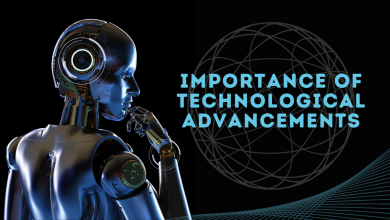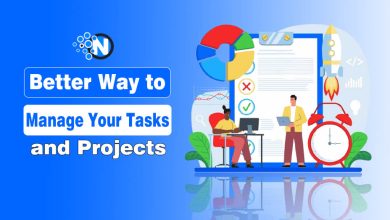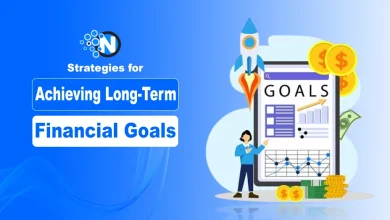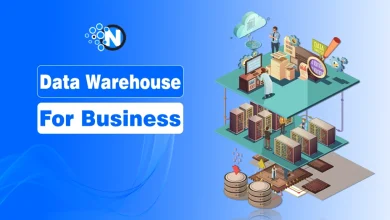Why Foundations Need Smarter Grant Tracking
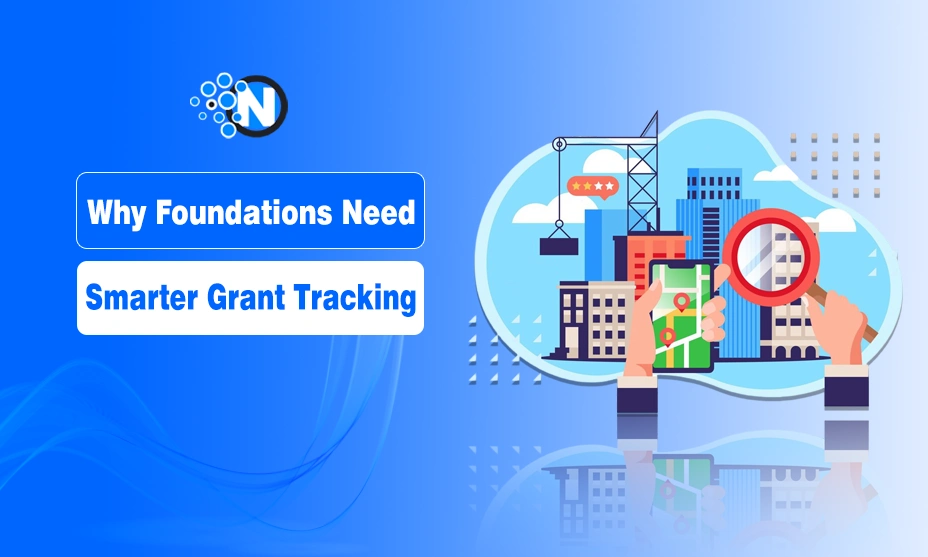
Foundations are the cornerstone of meaningful social change, with their primary mission being the efficient distribution of resources to create global impact. However, today’s increasingly complex philanthropic landscape demands more than good intentions, it requires demonstrable outcomes and maximum efficiency.
Many grant-making foundations still rely on outdated tracking methods: spreadsheets and basic databases that focus primarily on activities rather than outcomes.
This approach significantly hampers strategic decision-making. A shift toward data-driven methodologies, supported by intelligent grant monitoring systems, has become essential for foundations seeking to maximize their impact while ensuring sustainability.
In this article, I am going to go over some important points that will help you understand why foundations need smarter grant tracking.
What Does Smarter Grant Tracking Mean?
Smarter grant tracking is all about using advanced tools and solutions to monitor and manage grants for a foundation. Many foundations receive a lot of grants, and it is important for them to manage them. Previously, these organizations used different techniques that are not outdated.
These organizations need more advanced ways to monitor grants in order to improve efficiency and make sure no amount is wasted. In order to do that, they can use different software solutions in order to maximize the efficiency of grant management.
Why Foundations Need Smart Grant Tracking?
Data-driven grantmaking is a shift towards a complete change in how information is gathered, handled, and used during the entire grant life cycle. It’s all about leveraging data as a strategic asset, rather than a mere record-keeping necessity.
The following points explain why foundations need smart grant tracking:
1. Using Data For Strategic Insight
Rather than simply monitoring past activity, data-driven grantmaking uses systematically gathered information both quantitative (such as numbers of beneficiaries or specific outcomes) and qualitative (such as case studies or feedback from stakeholders) to actively drive decisions.
This is applied from the earliest stages of establishing community need and selecting grantees whose approaches most closely align with data-driven approaches through monitoring progress against agreed measures and evaluating the long-term impact of programs. It enables foundations to learn, respond, and refine their strategies based on evidence.
2. Linking Activities To Measurable Change
A central aspect of this strategy is establishing clear goals and key performance indicators (KPIs) for grants prior to awarding. Performance is subsequently measured against these precise, quantifiable targets.
Foundations can start to see a direct correlation between their funding and the outcomes by looking at patterns over time and across different programs or portfolios.
This enables much deeper insight into which interventions work best to drive the mission of the foundation.
This transition takes more than a shift in attitude; it needs the appropriate infrastructure. Installing specialized grants management software for foundations can be the key step in many instances, with a unified platform to gather, administer, and analyze data efficiently, transforming raw data into actionable intelligence for program officers and leadership alike.
3. Amplifying Philanthropic Impact
The most persuasive advantage may be the capacity to make grant decisions that are more likely to result in substantial change. Insights from data enable foundations to see which programmes and grantees are performing well, what is driving their success, and how to potentially replicate those efforts.
Data can also point out methods that are less effective, allowing foundations to redirect resources to more effective strategies, ultimately creating more positive change with the limited resources at hand.
4. Improving Transparency And Accountability
In a time of heightened need for openness, data-driven grantmaking offers the tangible proof necessary for trust and credibility. Creating detailed, precise reports for the board of directors, donors, regulators, and the public becomes much easier and more powerful.
Foundations are able to explain clearly not only what they gave but also what impact it had, supported by evidence. This improves stakeholder relationships and makes compliance reporting easier.
5. Increasing Operational Efficiency And Coordination
Contemporary grants management software eliminates many of the routine, time-consuming tasks involved in the old tracking. Data centralization removes the need for double entry and minimizes administrative work on the part of staff.
This releases precious time for program officers to be engaged in higher-level activities like relationship building with grantees, conducting in-depth analysis, and being part of program design. In addition, a single source of truth increases collaboration internally so that everyone is building on the same facts.
Steps Towards Data-Driven Giving
To make the shift to a more data-driven approach is a process, not a change overnight. It requires planning, the appropriate tools, and a positive organizational culture. The following steps can help you with it:
1. Setting Goals and Metrics
The key initial step is to articulate what success should be in terms of the particular mission and strategic goals of the foundation. That means determining worthwhile, quantifiable metrics engaging both quant and qual markers that are meaningful to particular program areas or portfolios of funding.
Most importantly, programme staff on the ground are best placed to help create those metrics so they are useful and informative.
2. Choosing the Right Technology Partner
Choosing the right technology is crucial. Foundations must seek out grants management software that supports their size, the complexity of their grantmaking, and their particular requirements for reporting, analysis, integration possibilities, and ease of usability.
Data security, support considerations, and the vendor’s familiarity with the non-profit sector are equally important factors to consider when selecting a technology partner to facilitate a successful rollout and long-term sustainability.
3. Building a Data-Driven Culture
Technology is insufficient to effect the change on its own. Achievement depends on the development of an organisational culture where data is used for learning and improvement.
This requires strong leadership commitment, investment in training to build staff data literacy and system familiarity, and celebrating successes even when data highlights challenges or indicates necessary changes. The goal is to integrate data into everyday decision-making and discussions.
Final Verdict
The world is becoming advanced, and foundations shouldn’t rely on traditional means of handling grant traffic. Foundations that are fortunate enough to get a lot of grants should utilize technology in order to keep things more organized and streamlined.
The use of technology will help in different things, such as transparency as well as accountability. Also, it will also allow foundations to use data for better strategic insights. Besides this, the above-discussed points also clearly explain why foundations need smart grant tracking.

